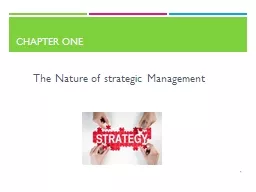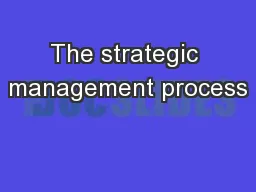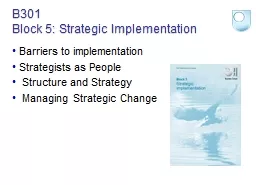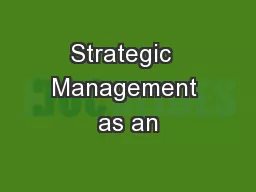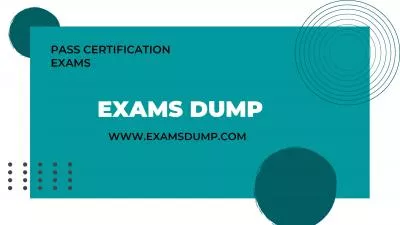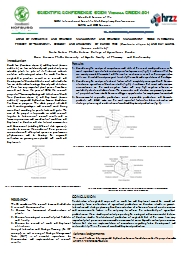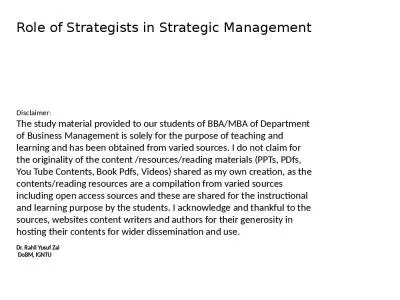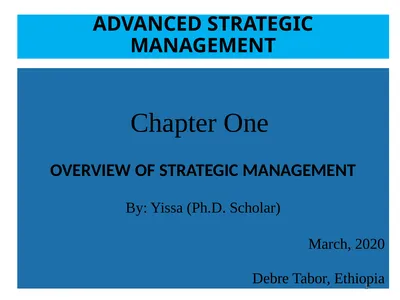PPT-Chapter one 1 The Nature of strategic Management
Author : blackwidownissan | Published Date : 2020-06-19
Defining strategic management Strategic management can be defined as the art and science of formulating implementing and evaluating crossfunctional decisions that
Presentation Embed Code
Download Presentation
Download Presentation The PPT/PDF document "Chapter one 1 The Nature of strategic Ma..." is the property of its rightful owner. Permission is granted to download and print the materials on this website for personal, non-commercial use only, and to display it on your personal computer provided you do not modify the materials and that you retain all copyright notices contained in the materials. By downloading content from our website, you accept the terms of this agreement.
Chapter one 1 The Nature of strategic Management: Transcript
Download Rules Of Document
"Chapter one 1 The Nature of strategic Management"The content belongs to its owner. You may download and print it for personal use, without modification, and keep all copyright notices. By downloading, you agree to these terms.
Related Documents

